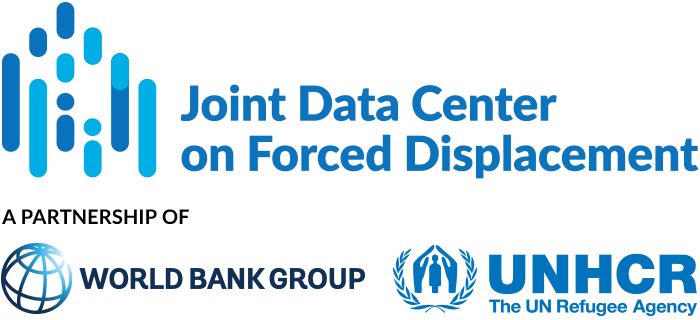This article investigates the impact of electricity access on food security, focusing on refugee settlements in Zambia, Malawi, and Uganda. The literature indicates that a lack of energy access impacts food security across three dimensions: by degrading the local environment and reducing agricultural productivity (availability and stability), limiting income for food (access), and necessitating the use of inefficient food preparation and conservation technologies (utilization).
The analysis is based on data collected in 2022 from 926 households, including 252 in Meheba (Zambia), 252 in Dzaleka (Malawi), and 422 in four settlements in the Adjumani district (Uganda). The survey covered food insecurity (using the Food Insecurity Experience Scale Survey, FIES), electricity access (energy resources and appliances), income (monthly income and income-generating activities), and sociodemographic characteristics (household composition). The empirical analysis includes descriptive statistics and regression models.
Within the sampled population, 65 percent of households experience severe food insecurity, with rates varying from 88 percent in Adjumani to 68 percent in Dzaleka and 25 percent in Meheba. While 59 percent of households have access to fresh food, only 8 percent can preserve it. Electricity access is available to 24 percent of the sample, with 14 percent in Adjumani, 28 percent in Dzaleka, and 37 percent in Meheba. The average monthly income across the sample is approximately $176, with $304 in Meheba, $160 in Dzaleka, and $79 in Adjumani.
Main findings:
- Electricity access can be associated with a reduced likelihood of experiencing severe food insecurity. Controlling for income, gender of the household head, household size, and settlement, the chances of experiencing severe food insecurity are reduced by a factor of 0.7 for households with access to electricity compared to those without access. However, the mitigating effect of electricity access is only weakly significant (at the 10 percent level). The mitigating effect of electricity access on food insecurity is empirically supported only in Adjumani.
- Settlement-specific characteristics significantly influence the probability of severe food insecurity. Households in Meheba or Dzaleka are less likely to be severely food insecure compared to those in Adjumani.
- Households without external economic activities are more vulnerable to severe food insecurity. Those with a secondary source of income are less likely to experience severe food insecurity, while households engaged in farming as the primary economic activity are more likely to be severely food insecure.
- Female-headed and larger households exhibit increased vulnerability to severe food insecurity. Female-headed households are about 1.7 times more likely to experience severe food insecurity compared to male-headed households.
The results highlight the critical role of electricity access, settlement-specific conditions, economic activities, and household demographics in influencing severe food insecurity among refugee households in Zambia, Malawi, and Uganda. The authors suggest several policy implications including: enhancing electricity access to support food security in refugee communities; facilitating refugee access to work and income-generating activities; including female-headed households in the design of food security support mechanisms; and implementing a cohesive policy that simultaneously addresses food security and provides long-term energy solutions.


